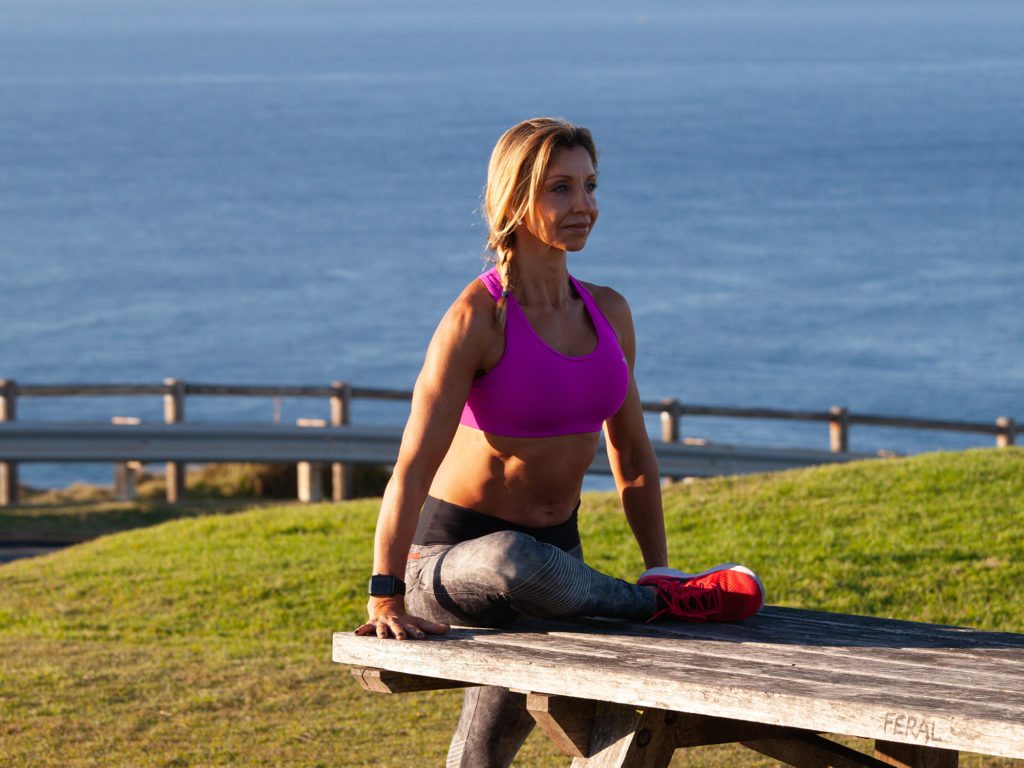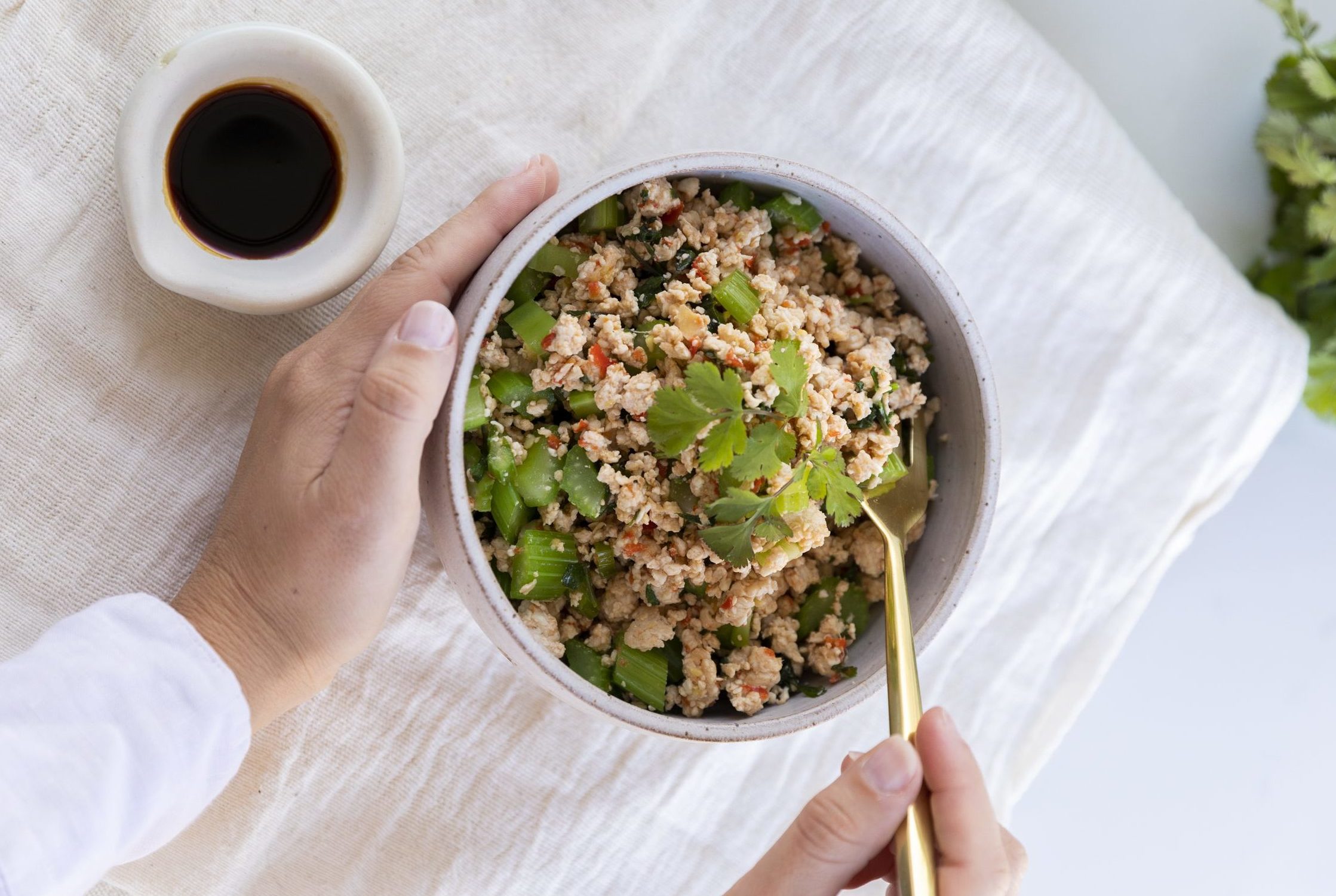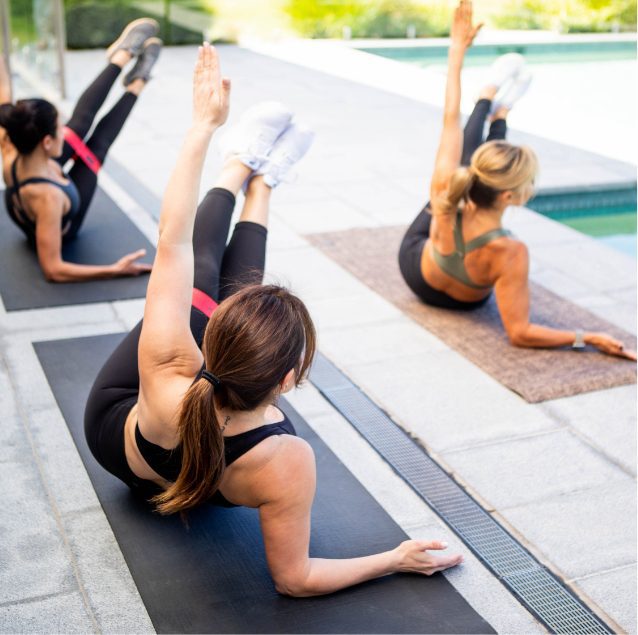Between the hot flushes, hectic work and personal life, sleeping issues, and sore joints, finding time for a little self-care and exercise seems to be way down on the to-do list.
On Exercise and menopausal symptoms:
As a physiotherapist and exercise scientist, I am rarely seen before an injury by most people. If my exposure to elite sport over the past decade has taught me anything though, it is that the cliches around preparation and perfomance are true.
Prevent, Prepare, Perform. Notice the “perform” is last, because your best performance, or indeed your healthiest version, doesn’t happen by accident.
In that spirit, let’s delve into some of the best things that you can do for your journey into and through menopause.
Firstly, menopause is an important and normal developmental process in a woman’s life. Menopause is defined by the cessation of the menstrual cycle (and associated hormonal changes) thanks to a depletion in the activity of the ovaries, and specifically the release of estrogen. Typically this happens between the ages of 46-51 years of age. The result is a cascade of changes that can have various physical, psychological, and social effects on a woman’s life.
Many of the symptoms can be severe and disruptive, to say the least, resulting in a negative impact on women’s health and overall quality of life. But fear not, there are interventions that can help.
GET (AND STAY) ACTIVE
Many women report gaining weight at the onset and transition through menopause. Whilst the average weight gain may not sound drastic (average of 2.1 kg ± 5.1), it is often associated with the spontaneous decrease of activities, decrease in energy expenditure, and decreased metabolic rate. These latter aspects of the gain are the most concerning, as women have been shown to show more rapid declines in physical performance, especially during middle age.
During the postmenopausal period, women often gain fat mass, central abdominal (belly) fats, and lose lean mass, which can create an understandable amount of sensitivity and frustration. This, in part, can be explained by oestrogen deficiency, but ultimately physical activity is the easiest to address.
Body composition involving loss of lean muscle mass, bone density with concurrent increases in fat mass aren’t great – but modifiable. That is where exercise and physical activity can help arrest and indeed improve body composition.
However…
START SLOW
Strength and conditioning literature, practice, and principles all centre around ‘progressive overload’. Progressive overload refers to when the weight, frequency, or intensity of exercise is gradually increased.
Mindful though, most people who tend to wind up seeing me tend to forget the former and head straight to the latter.
So if a progressive overload for you is as simple as walking around the block, then so be it. If you haven’t exercised in 10 years, you should think twice about going straight to daily 5km runs or CrossFit. That’s not to say that these can’t be achieved, but not straight out of the gates!
Graduated, stepwise, progressive loading is key here.
GET STRONG!
Bone loss, cardiovascular disease, and balance deficits have all been linked to menopause. Research has shown time again that exercise, and in particular strength training, should be a mainstay of addressing the above. However, not all exercise is created equal with respect to restoring bone mineral density.
Resistance exercise has a stronger osteogenic effect than that of, for example, cardio (cycling, walking, swimming, running, etc). However, for best outcomes, weight-bearing exercise should be the cornerstone of any program.
BE KIND TO YOURSELF
There is a significant risk of new-onset depression during menopause when compared to premenopausal women. Numerous hypotheses have been floated to explain the increased depression rate which tends to centre on the many and varied challenges thrown at pre- and post-menopausal women, ultimately making it difficult to cope.
These include grown children leaving home, marital difficulties, physical disease, the death of parents, and the kicker, sexual dysfunction. In fact, some studies show that depression has been determined in almost a third of women and sexual dysfunction in 65% of women.
The exact mechanisms behind why exercise therapy can aid those with depressive symptoms are not fully understood, but we know that it does work. We know that exercise provides a healthy outlet for stress relief, resulting in a much rosier outlook on life. However, remember to be kind to yourself. Women with an optimistic attitude towards menopause tend to have a more positive body image and their depression level is lower.
FINAL POINTS
If you haven’t exercised in years, don’t expect to do what you did in your 20’s. In fact, experience tells me we tend to only remember the best version of ourselves back then, and add 10%. “I coulda been a champ,” we say to ourselves, plus or minus the Sylvester Stalone accent!
Please avoid starting any exercise regime by hitting a side of beef in a deep freeze. Take it easy. Exercise offers a myriad of positive benefits such as relieving stress, enhancing the overall quality of life, and reducing weight gain and muscle/bone loss, the most frequent side effects of menopause.
Utilise a professional’s advice who will personalise and structure a return to exercise in order to save yourself the heartbreak and demotivational influence of an injury. Please visit your GP for further information if you are concerned about cardiovascular, endocrine, or mental health concerns, prior to exercise.


Stephen Timms is the Principal Physiotherapist and Sport & Exercise Scientist at Praxis Physiotherapy in Brisbane, Australia. He is a published researcher in the physiotherapy and sports science field and has lectured at conferences around the world in various disciplines.
Stephen has played many sports himself at a competitive level, namely cricket, AFL, and tennis. His exposure to elite sport, personalised health, and clinical experience has equipped him with the skills to effectively treat musculoskeletal pathologies in all populations.
REFERENCES
- Guthrie JR, Dennerstein L, Dudley EC. Weight gain and the menopause: A 5-year prospective study. Climacteric 1999;2:205–11.
- Proietto, J. (2017). Obesity and weight management at menopause. Australian family physician, 46(6), 368.
- Samson MM, Meeuwsen IB, Crowe A, Dessens JA, Duursma SA, Verhaar HJ. Relationships between physical performance measures, age, height and body weight in healthy adults. Age Ageing 2000; 29:235–242.
- Erbil N. Attitudes towards menopause and depression, body image of women during menopause. Alexandria Journal of Medicine. 2018;54(3):241–6
- Bondarev D, Sipilä S, Finni T, Kujala UM, Aukee P, Laakkonen EK, Kovanen V, Kokko K. The role of physical activity in the link between menopausal status and mental well-being. Menopause. 2020 Feb 10
- Yangın HB, Sözer GA, Şengün N, Kukulu K. The relationship between depression and sexual function in menopause period. Maturitas. 2008;61(3):233–7.













